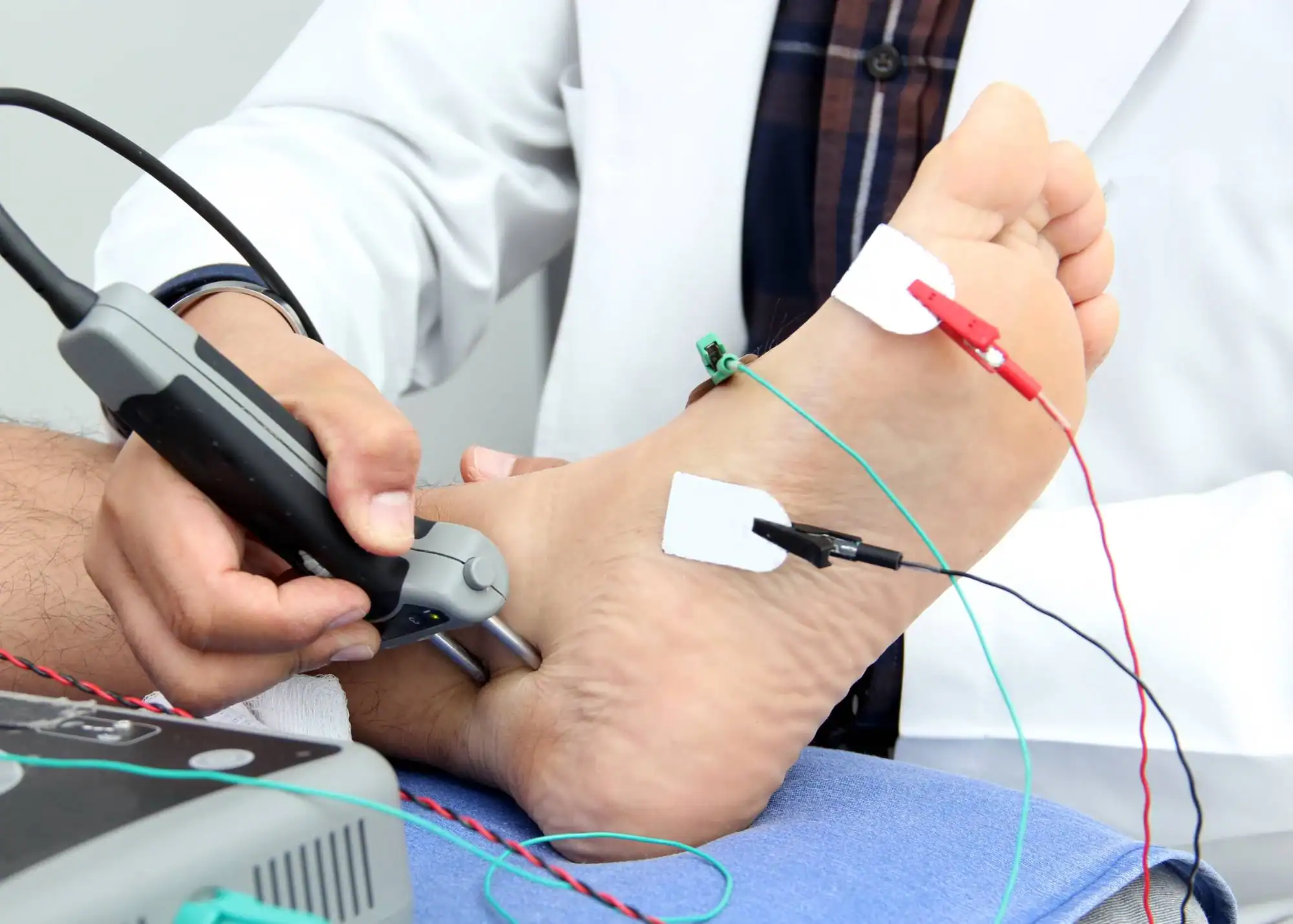Advanced EMG and nerve conduction studies that pinpoint exactly what’s causing your symptoms.
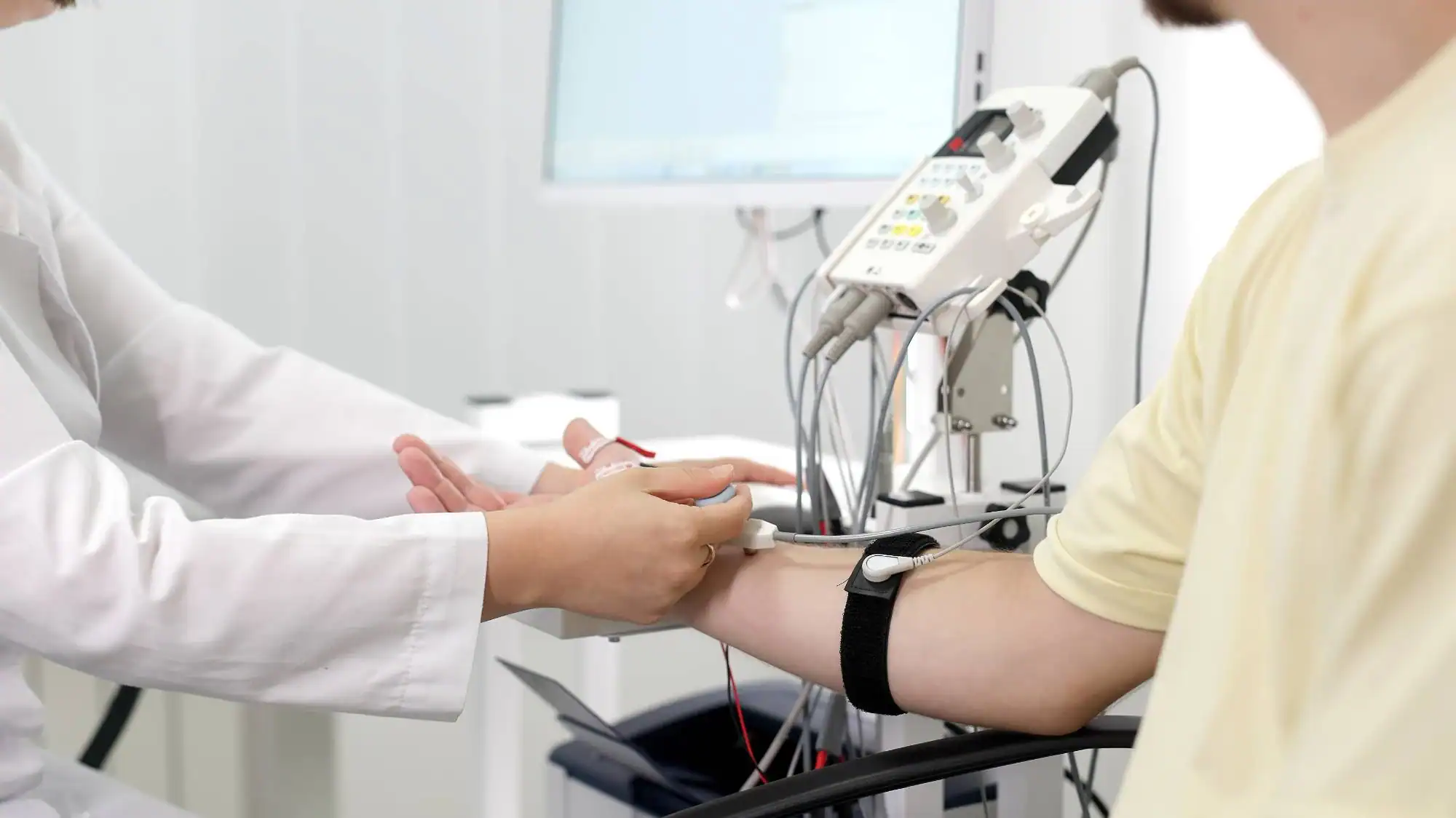
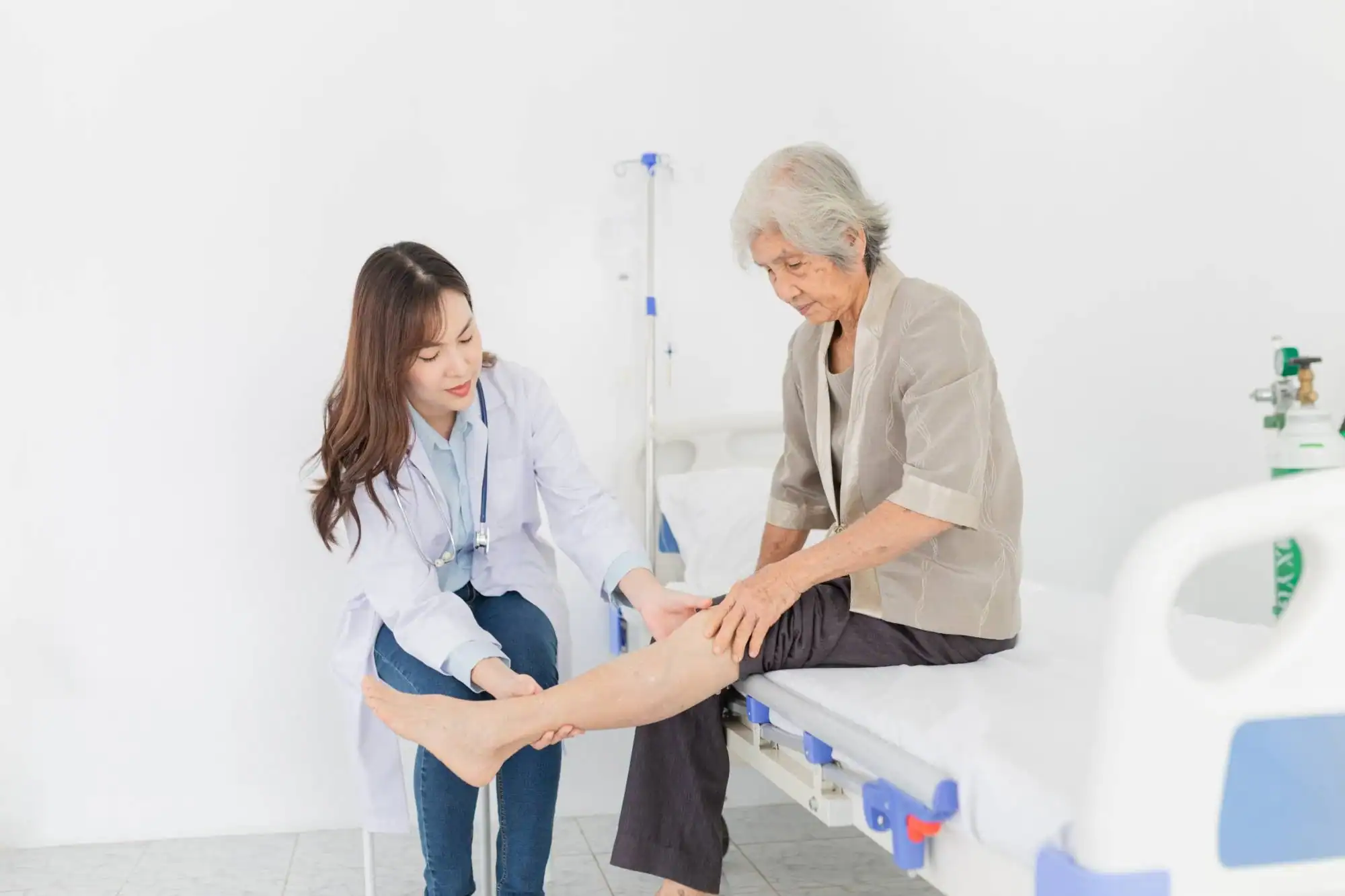
You’ve been dealing with numbness, tingling, or weakness long enough. Maybe you’ve had tests before that didn’t give you real answers. Or doctors who couldn’t explain why your arm goes numb at night or why your leg feels weak when you walk.
Nerve and muscle testing changes that. EMG and nerve conduction studies show us exactly how your nerves and muscles are functioning. We can see if there’s damage, where it’s located, and how severe it is.
When you have concrete answers, you can finally move forward with the right treatment. No more guessing. No more trying treatments that don’t address the real problem. Just clear diagnostic information that leads to real solutions.
We’ve been providing comprehensive nerve and muscle diagnostic testing to Little River and South Florida patients for years. Our board-certified specialists use advanced EMG and nerve conduction study equipment to diagnose conditions that other providers might miss.
We understand that you’ve probably been frustrated by vague explanations or incomplete testing. That’s why we use the most thorough diagnostic protocols available. When you leave our office, you’ll have detailed results and a clear understanding of your condition.
Our focus is simple: give you the accurate diagnosis you need to get better.
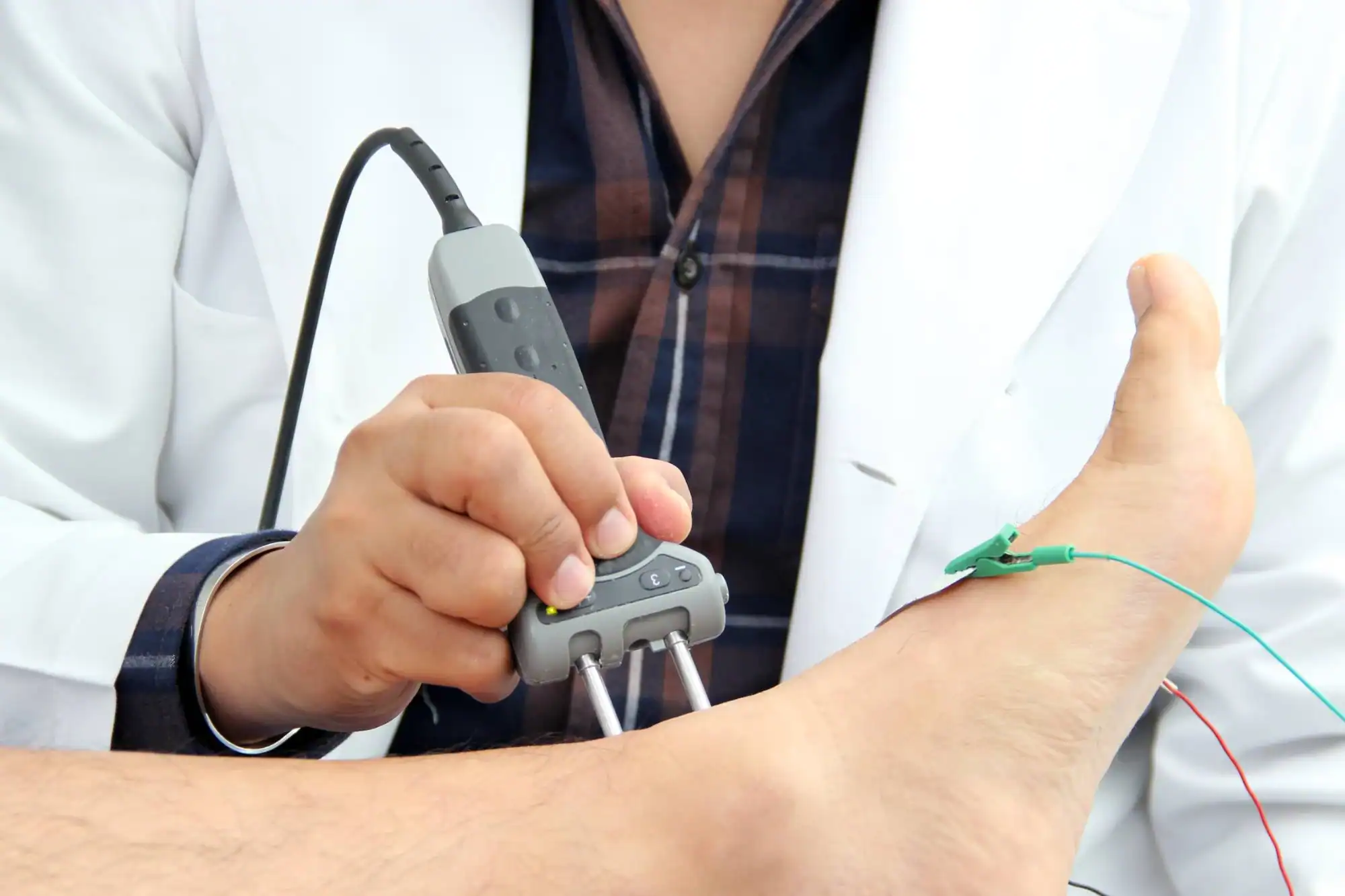
Your nerve and muscle testing appointment starts with a detailed discussion of your symptoms. We need to understand exactly what you’re experiencing, when it happens, and what makes it better or worse.
The EMG portion involves placing small electrodes on your skin or inserting thin needles into specific muscles. This measures the electrical activity in your muscles and shows us how well they’re responding to nerve signals. The nerve conduction study uses small electrical pulses to test how fast and effectively your nerves transmit signals.
Most patients find the testing uncomfortable but not unbearable. The entire process typically takes 30-60 minutes depending on which nerves and muscles we need to evaluate. You’ll get your results the same day, along with a clear explanation of what we found and what it means for your treatment options.
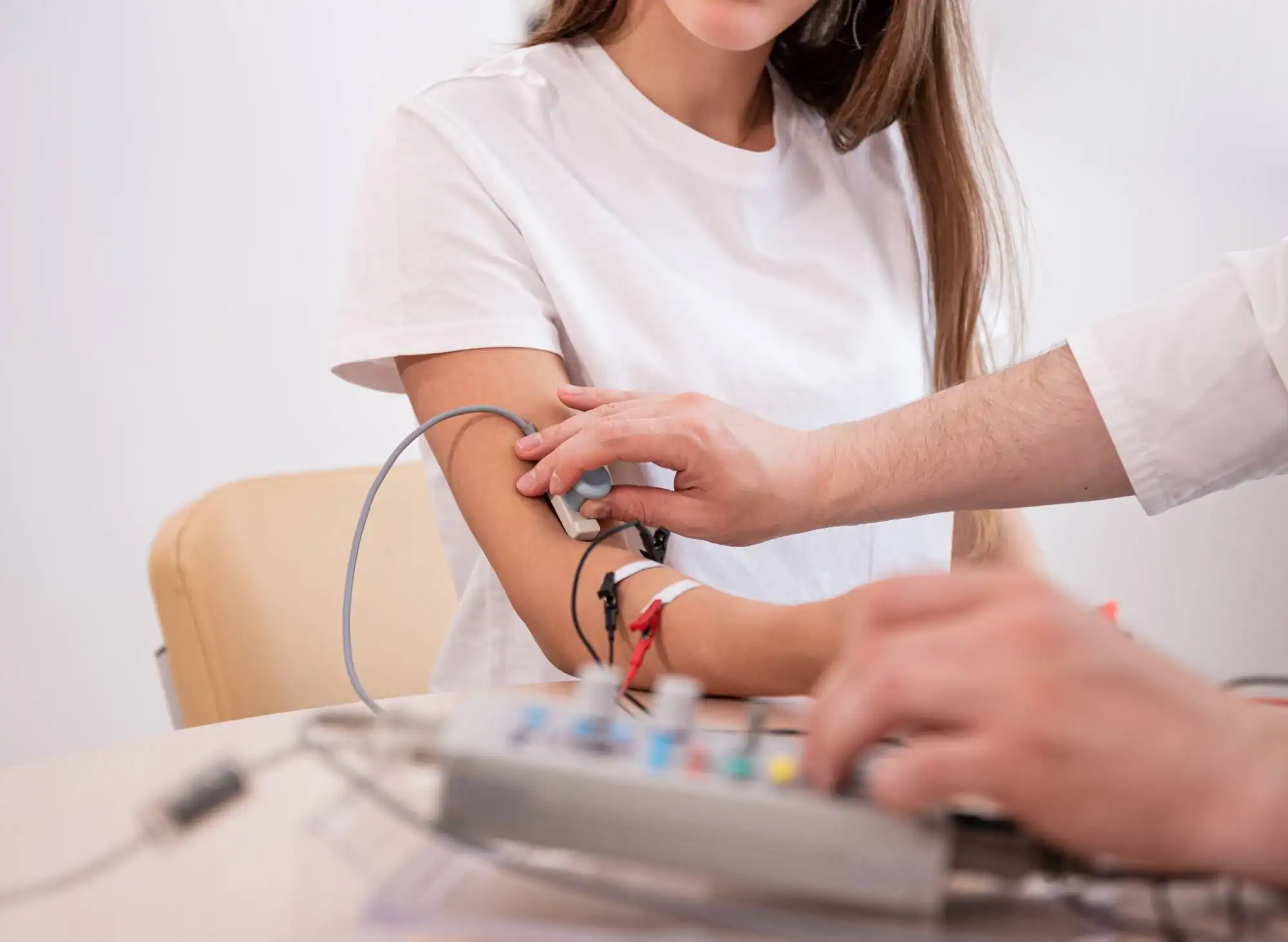
Ready to get started?
Your nerve and muscle testing includes both electromyography and nerve conduction studies. We test the specific areas related to your symptoms, whether that’s your arms, legs, back, or neck. The testing identifies conditions like carpal tunnel syndrome, pinched nerves, peripheral neuropathy, radiculopathy, and muscle disorders.
You’ll receive detailed results immediately after testing, not days or weeks later. We explain exactly what we found in terms you can understand. If abnormalities are detected, we discuss severity levels and how they relate to your symptoms.
Every patient also receives a comprehensive written report that you can share with your referring physician or other healthcare providers. This ensures everyone involved in your care has the same accurate diagnostic information to guide your treatment decisions.
